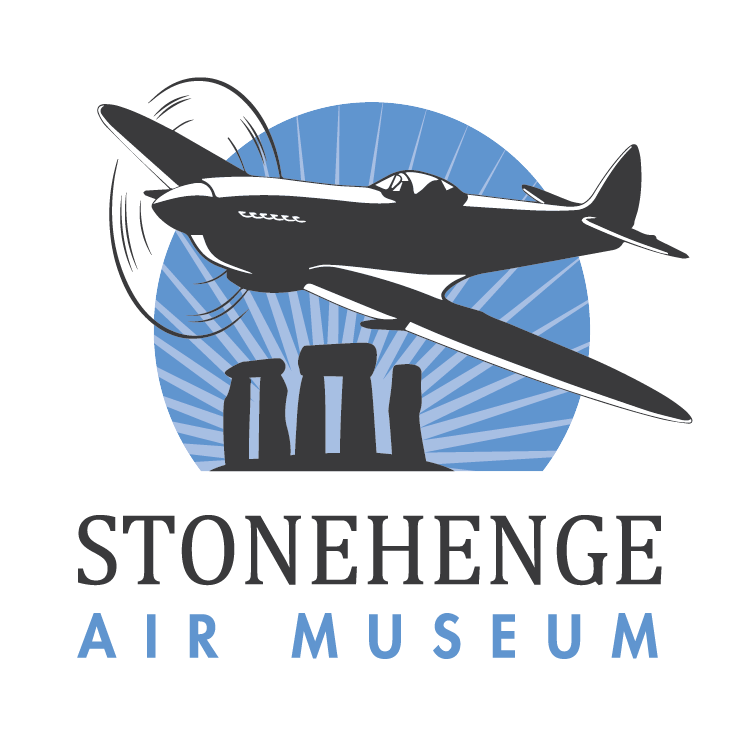1931 Curtiss-Wright 12W “TravelAir”
The original Travel Air Manufacturing Company was established in Wichita, Kansas, in January, 1925, by three of the most famous names in aircraft design and production: Clyde Cessna, Walter Beech, and Lloyd Stearman. The first aircraft they produced was built in a space just 30 feet square in a leased portion of an old mill. While producing only 19 aircraft in their first year, constant improvement in design and construction allowed Travel Air to raise that total to about 1,700 airplanes in just four years. Stearman and Cessna left the company in 1926 and 1927, respectively, in order to develop their own now-famous designs.
Despite riding a wave of great success, Travel Air was purchased in August, 1929, by the aviation conglomerate Curtiss-Wright Corporation which kept Walter Beech on to lead production. Under Beech’s tenure, Curtiss-Wright continued to manufacture some of Travel Air’s best designs like the Travel Air 1200, which became known as the CW-12W. Beech left Curtiss-Wright in 1932 to form his own company and soon stunned the aviation community with his iconic Staggerwing design.
The aircraft on display was manufactured in 1931 and has had more than 30 owners over the ensuing eight decades.
Included among them are well known names such as transportation icon E.L. Cord as part of his Century Pacific Lines (which would later become part of American Airlines), Hollywood producer Harry Bannister, aviator Paul Mantz, inventor Ralph Lacoe and movie producer Leland Hayward as part of his upstart Southwest Airways (which later became part of Delta Air Lines).
Southwest Airways (not to be confused with modern-day Southwest Airlines) was founded in Arizona in 1941 by Hayward, with backing from his Hollywood buddies (Jimmy Stewart among others) as a maintenance depot for overhauling training aircraft, and as a wartime air cargo line and military pilot training complex. Employing this Travel Air along with many other aircraft, Southwest became the largest training contractor in the US producing more than 20,000 pilots by the end of WWII.
Jim Smith acquired this aircraft in 1986. The aircraft is displayed without its usual fabric covering in order to exhibit the design, materials, and construction of aircraft of this era.



